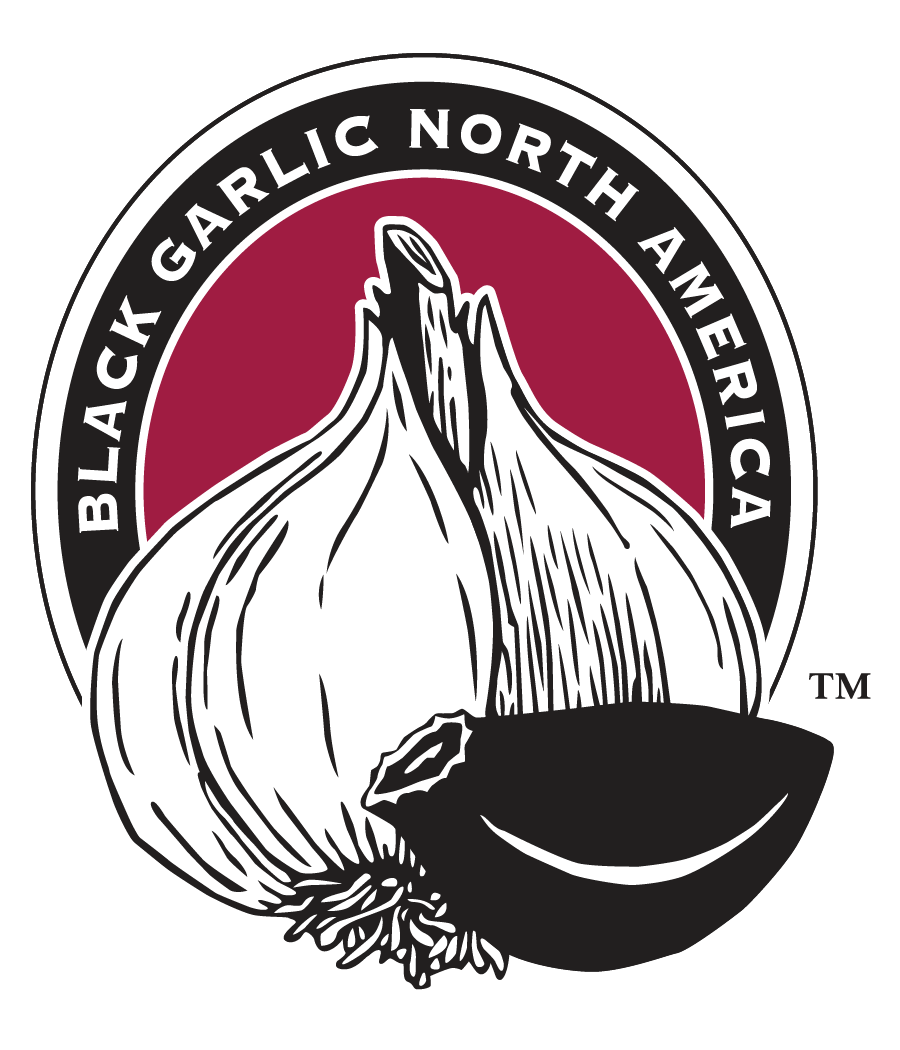It’s Week 2 of our mission to dissect some common nutrition buzzwords and we’re excited to talk about the Omega Family. You’ve probably heard people name-drop the Omegas (3, 6 & 9) when discussing the health benefits of fish, nuts and oils. But what are they? What do they actually do?
The Omegas are essentially fatty acids. The good kind. Scientists first discovered these fatty acids in 1923 and classified them as vitamins (Vitamin F to be specific). Upon further inspection, they changed their classification in 1929 to fatty acids.
We now understand that Omegas are polyunsaturated fats that our bodies need in order for systems to function properly. The omegas help support the cardiovascular, reproductive, immune and nervous systems. They also help brain function, assist in cell signalling and hormone production, and help repair cell membranes. Sounds pretty important, right? We think so too.
Here’s the kicker: Our bodies mostly can’t produce these fatty acids on their own, so consuming them (the right way!) is incredibly important. Here are the three different types of omega fatty acids, and where you can find them in food:
Omega 3, aka alpha-linolenic acid:
Omega 3’s are vital in our bodies to help form cell walls, improve circulation and help red blood cells function properly. You can find Omega 3 fatty acids in:
fatty fish (such as mackerel, shrimp, herring, salmon, sardines, tuna, eel) and algae
Omega-3 rich eggs
grass-fed animals
If you’re a vegan, you can find plant-based Omega 3s in nuts, chia seeds, flax seeds, hemp seeds, kale, spinach and soybeans
The American Heart Association (AHA) recommends 2 servings per week of healthy fatty fish, as studies have shown a correlation between consuming fatty fish more regularly with a decline in deaths related to heart attacks and other cardiovascular disease.
Omega 6, aka linoleic acid:
Omega 6 fatty acids are much more prevalent in the typical American diet. Studies have shown that Omega 6s may help decrease blood pressure, and help improve diabetic neuropathy, rheumatoid arthritis, help clear skin disorders and aid in cancer treatment.
We consume Omega 6s when we eat:
certain nuts
seeds
meat
eggs
dairy
plant oils such as soybean, corn, safflower, sunflower, peanut and cotton seed
The sources of Omega 6 are found much more regularly in the American diet than Omega 3s. If you eat a lot of fast food, for example, chances are your Omega 6 count is through the roof. But it’s not all bad. If you consume Omega 6-rich food that is healthy and nutritious, your body can help balance. All in moderation!
Omega 9s
Omega 9s are a little bit different from their 3 & 6 cousins. For one, our bodies can produce Omega 9s on their own. The chemical composition is also a little bit different. Omega 9 fatty acids are very high in monounsaturated fats, so they are more commonly referred to as such. Many scientists and nutrition experts consider Omega 9s the “best” omegas because they help increase good cholesterol, decrease bad cholesterol, remove arterial plaque buildup, and help decrease the risk of heart attacks and strokes. You can find Omega 9s in:
animal fat
plant oils such as canola, olive, sunflower and nut oils
It all depends on the HOW.
Here’s the kicker: The typical American diet consists of between 11 and 30 times more Omega 6 fatty acids than Omega 3 fatty acids, which actively contributes to the prevalence of inflammatory diseases in North America.
If you’re getting your Omega 6s from fast food, try to lower your intake in favor of more Omega 3s (that goes without saying). But if you’re getting your Omega 6s nutritiously from nuts, seeds and eggs, simply adding more Omega 3 rich foods to your diet should be sufficient. Healthy and balanced Omega consumption can reap huge benefits for our bodies. You just have to make sure you’re consuming healthy fats (i.e. nuts, fish, oilve oil, eggs, and grass-fed meat), being active and paying attention.
Best omega combo power food? Nuts. Stock up on your favorite trail mix (or make your own!), and get snacking!





